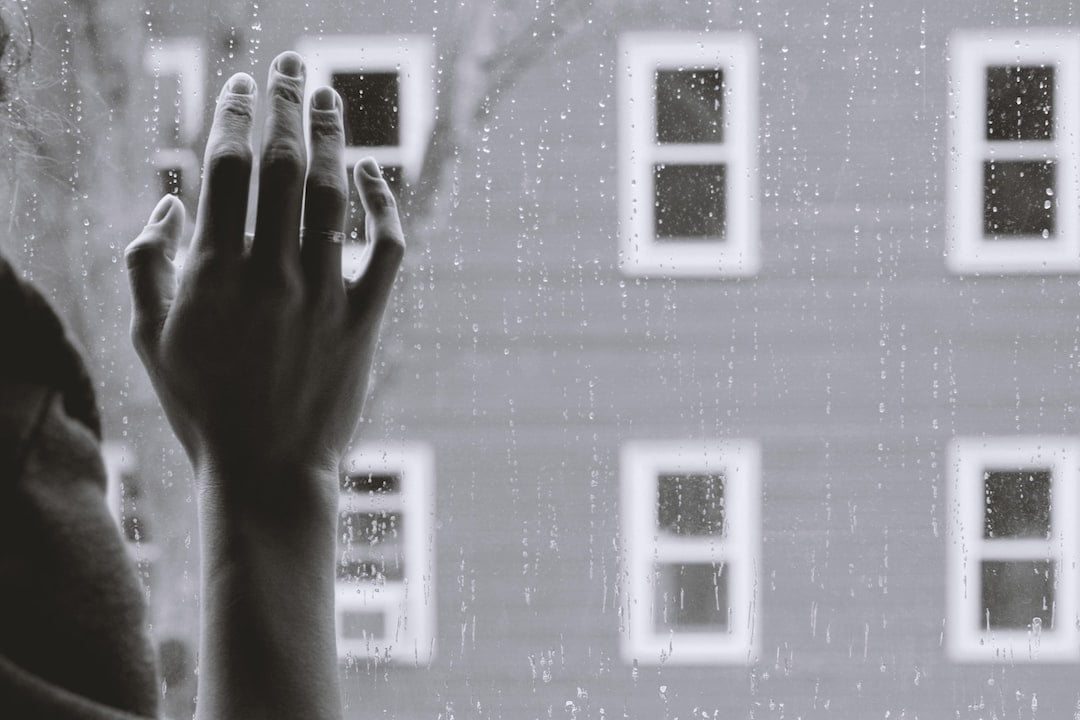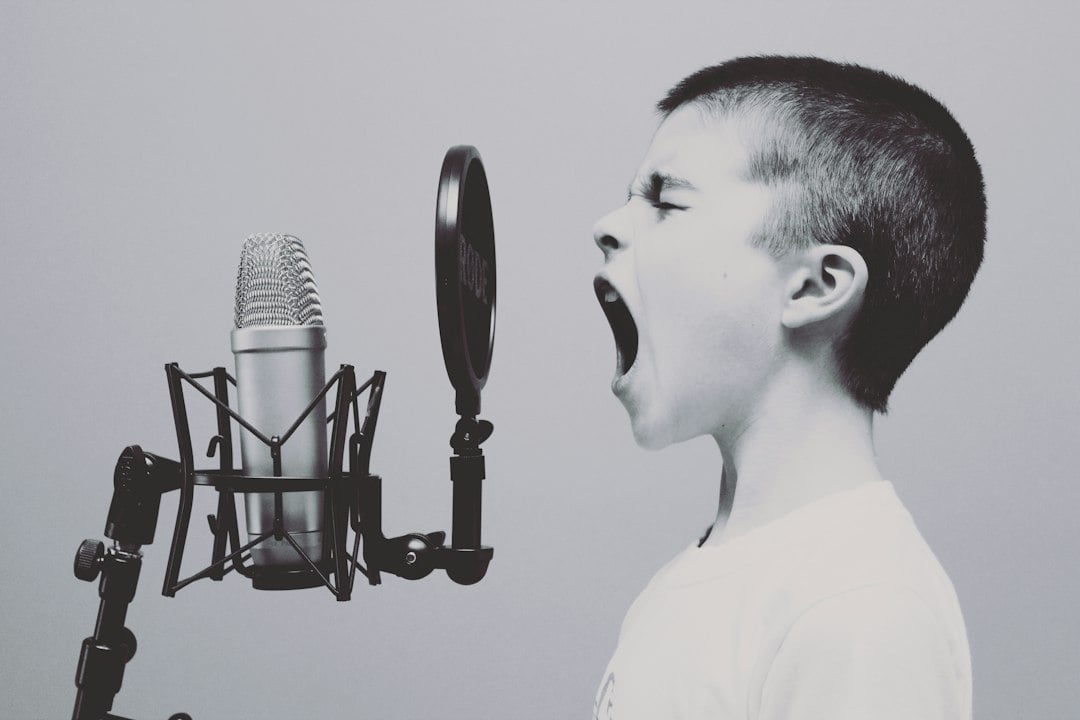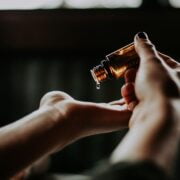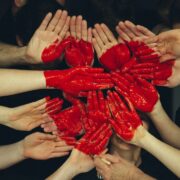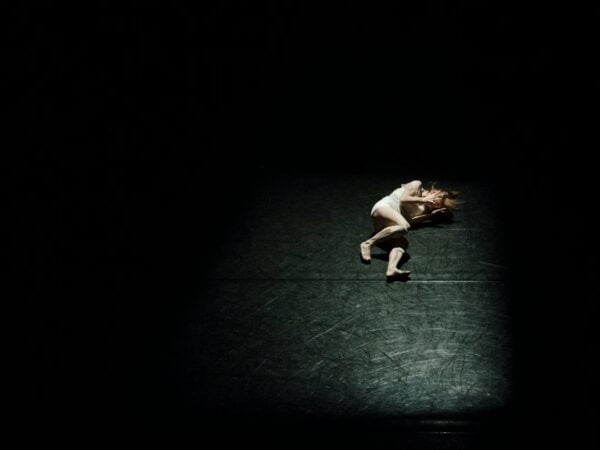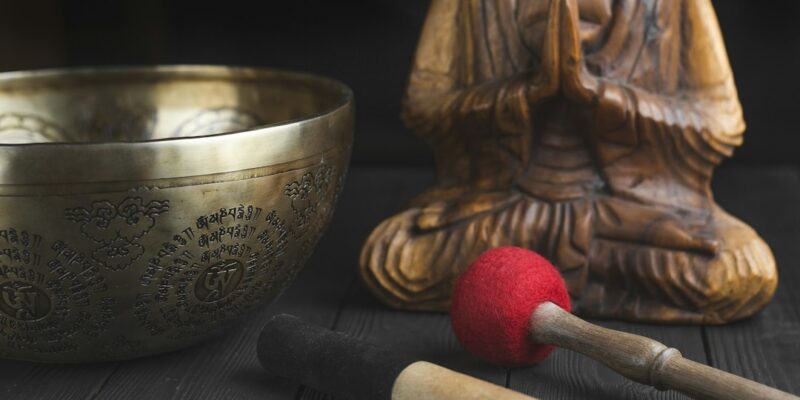
Exploring the Power of Alternative Therapies: Boost Your Energy with These Healing Techniques
Alternative therapies, also known as complementary or integrative therapies, are non-conventional approaches to healing that focus on the whole person – mind, body, and spirit. These therapies have been practiced for centuries in various cultures around the world and are gaining popularity in modern society. They offer a different perspective on health and well-being, emphasizing the importance of balance and harmony in all aspects of life.
The growing popularity of alternative therapies can be attributed to several factors. Firstly, people are becoming more aware of the limitations and side effects of conventional medicine. Many are seeking alternative options that are more natural and holistic. Secondly, there is a growing body of scientific research supporting the effectiveness of these therapies. As more studies are conducted, people are becoming more confident in their ability to improve health outcomes. Lastly, alternative therapies often empower individuals to take an active role in their own healing process. This sense of empowerment is appealing to many who feel disempowered by the traditional medical system.
Key Takeaways
- Alternative therapies offer a range of benefits beyond traditional medicine
- Mind-body connection is a key component of alternative therapies
- Acupuncture and herbal medicine are popular forms of traditional Chinese medicine
- Ayurveda is an ancient Indian healing system that focuses on balance and harmony
- Massage therapy, reflexology, music therapy, and aromatherapy are all effective forms of alternative therapy
Understanding Alternative Therapies and Their Benefits
Alternative therapies are based on the principles that the body has an innate ability to heal itself and that health is a state of balance and harmony. These therapies focus on identifying and addressing the root causes of illness rather than just treating symptoms. They take into account the interconnectedness of all aspects of a person’s life – physical, mental, emotional, and spiritual.
One of the main benefits of alternative therapies is their focus on prevention rather than just treatment. By addressing imbalances and promoting overall well-being, these therapies can help prevent illness before it occurs. They also tend to have fewer side effects compared to conventional medicine, as they often use natural remedies and techniques.
The Power of Mind-Body Connection in Alternative Therapies
Alternative therapies recognize the power of the mind in healing. The mind-body connection is a fundamental principle in many of these therapies, as it is believed that the mind has the ability to influence physical health. Techniques such as visualization, meditation, and positive affirmations are used to harness the power of the mind-body connection.
The mind-body connection works through various mechanisms. For example, stress has been shown to have a negative impact on physical health. By reducing stress and promoting relaxation, alternative therapies can help improve overall well-being. Additionally, the mind has the ability to influence the body’s immune response and promote healing.
Exploring Traditional Chinese Medicine: Acupuncture and Herbal Medicine
| Traditional Chinese Medicine | Acupuncture | Herbal Medicine |
|---|---|---|
| Origin | China | China |
| History | Over 2,500 years old | Over 2,000 years old |
| Principles | Qi, Yin-Yang, Five Elements | Qi, Yin-Yang, Five Elements |
| Technique | Insertion of needles into specific points on the body | Use of natural herbs and plants to treat illnesses |
| Benefits | Pain relief, stress reduction, improved sleep, digestive health | Improved immune system, reduced inflammation, improved mental health |
| Side Effects | Minor bruising, soreness, dizziness | Allergic reactions, interactions with medications |
Traditional Chinese Medicine (TCM) is a holistic healing system that has been practiced for thousands of years. It is based on the principles of balance and harmony and focuses on restoring the flow of energy, or Qi, in the body. Two of the most well-known practices within TCM are acupuncture and herbal medicine.
Acupuncture involves the insertion of thin needles into specific points on the body to stimulate energy flow and promote healing. It is believed that these points correspond to different organs and systems in the body. Acupuncture has been shown to be effective in treating a wide range of conditions, including pain, digestive disorders, and mental health issues.
Herbal medicine is another important component of TCM. It involves the use of plants and natural substances to restore balance in the body. Herbal remedies are often prescribed based on an individual’s specific needs and can be used to treat a wide range of conditions.
Ayurveda: The Ancient Indian Healing System
Ayurveda is an ancient Indian healing system that focuses on achieving balance and harmony in all aspects of life. It is based on the belief that each person has a unique constitution, or dosha, which determines their physical, mental, and emotional characteristics. Ayurvedic practices aim to restore balance in the doshas through diet, lifestyle changes, herbal remedies, and other therapies.
One of the main principles of Ayurveda is the importance of prevention. By understanding their unique constitution, individuals can make choices that promote health and prevent illness. Ayurvedic practices also emphasize the importance of self-care and self-awareness, encouraging individuals to take an active role in their own healing process.
The Art of Healing Touch: Massage Therapy and Reflexology

Massage therapy and reflexology are two forms of healing touch that have been practiced for centuries. These therapies involve the manipulation of soft tissues and pressure points on the body to promote relaxation, relieve pain, and improve overall well-being.
Massage therapy involves the use of various techniques, such as kneading, stroking, and tapping, to manipulate the muscles and soft tissues of the body. It has been shown to be effective in reducing stress, relieving muscle tension, improving circulation, and promoting relaxation.
Reflexology is based on the principle that there are reflex points on the feet, hands, and ears that correspond to different organs and systems in the body. By applying pressure to these points, reflexologists can stimulate energy flow and promote healing. Reflexology has been shown to be effective in reducing pain, improving circulation, and promoting relaxation.
The Power of Sound: Music Therapy and Sound Healing
Sound has long been recognized as a powerful tool for healing. Music therapy and sound healing are two practices that harness the power of sound to promote health and well-being.
Music therapy involves the use of music to address physical, emotional, cognitive, and social needs. It can be used to reduce stress, manage pain, improve mood, enhance communication skills, and promote relaxation. Music therapists use a variety of techniques, such as listening to music, playing instruments, singing, and composing music.
Sound healing is based on the principle that everything in the universe is made up of vibrations. By using specific frequencies and vibrations, sound healers can restore balance and harmony in the body. Sound healing can involve the use of various instruments, such as singing bowls, tuning forks, and gongs.
The Connection between Nature and Healing: Aromatherapy and Naturopathy
Aromatherapy and naturopathy are two practices that emphasize the connection between nature and healing. They use natural remedies and techniques to promote health and well-being.
Aromatherapy involves the use of essential oils, which are extracted from plants, to promote physical and emotional well-being. Essential oils can be used in various ways, such as through inhalation, massage, or in bath products. They have been shown to have a wide range of benefits, including reducing stress, improving sleep, relieving pain, and boosting the immune system.
Naturopathy is a holistic approach to healing that focuses on using natural remedies and techniques to support the body’s ability to heal itself. Naturopathic doctors take into account all aspects of a person’s life – physical, mental, emotional, and spiritual – when developing a treatment plan. They may use a combination of therapies, such as nutrition, herbal medicine, hydrotherapy, and lifestyle changes.
The Benefits of Meditation and Yoga for Mind, Body, and Spirit
Meditation and yoga are two practices that have been used for centuries to promote health and well-being. They both involve the cultivation of mindfulness and awareness.
Meditation is a practice that involves focusing the mind on a specific object or activity to achieve a state of calm and clarity. It has been shown to reduce stress, improve concentration, enhance self-awareness, promote emotional well-being, and increase feelings of compassion.
Yoga is a physical, mental, and spiritual practice that originated in ancient India. It combines physical postures (asanas), breathing exercises (pranayama), and meditation to promote balance and harmony in the body and mind. Yoga has been shown to improve flexibility, strength, and balance, reduce stress and anxiety, improve sleep, and promote overall well-being.
Integrating Alternative Therapies into Your Life for Optimal Health and Well-being
In conclusion, alternative therapies offer a different perspective on health and well-being, focusing on the whole person – mind, body, and spirit. They emphasize the importance of balance and harmony in all aspects of life and offer a range of benefits over conventional medicine.
By understanding the principles behind alternative therapies and harnessing the power of the mind-body connection, individuals can take an active role in their own healing process. Practices such as acupuncture, herbal medicine, massage therapy, reflexology, music therapy, sound healing, aromatherapy, naturopathy, meditation, and yoga can all be incorporated into daily life to promote optimal health and well-being.
It is important to approach alternative therapies with an open mind and to consult with qualified practitioners. By integrating these therapies into your life, you can experience the benefits of a holistic approach to health and well-being.
FAQs
What are alternative therapies for energy healing?
Alternative therapies for energy healing are non-traditional methods used to promote physical, emotional, and spiritual well-being. These therapies aim to balance the body’s energy fields and promote healing.
What are some examples of alternative therapies for energy healing?
Some examples of alternative therapies for energy healing include acupuncture, Reiki, crystal healing, sound therapy, and aromatherapy.
How do alternative therapies for energy healing work?
Alternative therapies for energy healing work by balancing the body’s energy fields. These therapies aim to remove blockages and promote the flow of energy throughout the body, which can help to promote healing and reduce stress.
Are alternative therapies for energy healing safe?
Alternative therapies for energy healing are generally considered safe when performed by a trained and licensed practitioner. However, it is important to talk to your healthcare provider before trying any new therapy, especially if you have a medical condition or are taking medication.
Can alternative therapies for energy healing be used in conjunction with traditional medical treatments?
Alternative therapies for energy healing can be used in conjunction with traditional medical treatments. However, it is important to talk to your healthcare provider before trying any new therapy, especially if you have a medical condition or are taking medication.
Are there any risks associated with alternative therapies for energy healing?
While alternative therapies for energy healing are generally considered safe, there may be some risks associated with certain therapies. For example, acupuncture may cause bruising or bleeding at the site of the needle insertion. It is important to talk to your healthcare provider before trying any new therapy, especially if you have a medical condition or are taking medication.



